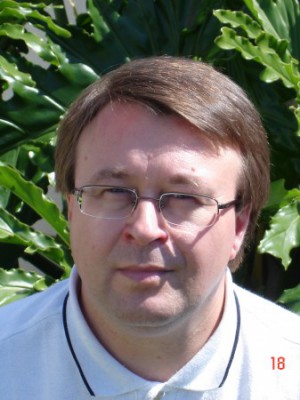abstract
This study puts particular emphasis on the role of copper ions in the performance of hydrogen peroxide bleaching (P-stage). Owing to their variable levels across the bleaching line due to washing filtrates, bleaching reagents, and equipment corrosion, these ions can play a major role in hydrogen peroxide decomposition and be detrimental to polysaccharide integrity. In this study, a Cu-contaminated D-0(EOP)D-1 prebleached pulp was subjected to an acidic washing (A-stage) or chelation (Q-stage) before the alkaline P-stage. The objective was to understand the isolated and combined role of copper ions in peroxide bleaching performance. By applying an experimental design, it was possible to identify the main effects of the pretreatment variables on the extent of metals removal and performance of the P-stage. The acid treatment was unsuccessful in terms of complete copper removal, magnesium preservation, and control of hydrogen peroxide consumption in the following P-stage. Increasing reaction temperature and time of the acidic A-stage improved the brightness stability of the D-0(EOP)D(1)AP bleached pulp. The optimum conditions for chelation pretreatment to maximize the brightness gains obtained in the subsequent P-stage with the lowest peroxide consumption were 0.4% diethylenetriaminepentaacetic acid (DTPA), 80 degrees C, and 4.5 pH.
keywords
KRAFT PULP; CHELATION PRIOR; ACID TREATMENT; EQUILIBRIA; STABILITY; SYSTEMS; HISTORY
subject category
Materials Science
authors
Loureiro, PEG; Duarte, S; Evtuguin, DV; Carvalho, MGVS
our authors
acknowledgements
The authors are grateful to FCT (Portuguese Foundation for Science and Technology) and UE-FEDER (European Fund for Regional Development), through the Competitiveness Factors Operational Programme (COMPETE), for the financial support of this work within the scope of Project PTDC/EQU-EQU/113547/2009 (COMPETE, ref. FCOMP-01-0124-FEDER-015254). The authors are also grateful to the POPH-QREN funding program and FCT-MCTES for the doctoral degree grant SFRH/BD/29690/2006. Joana G. R. Ferraz and Joana I. T. Sousa (BII/FCTUC/C2009/CIEPQPF) are acknowledged for their assistance with some of the laboratory work.


